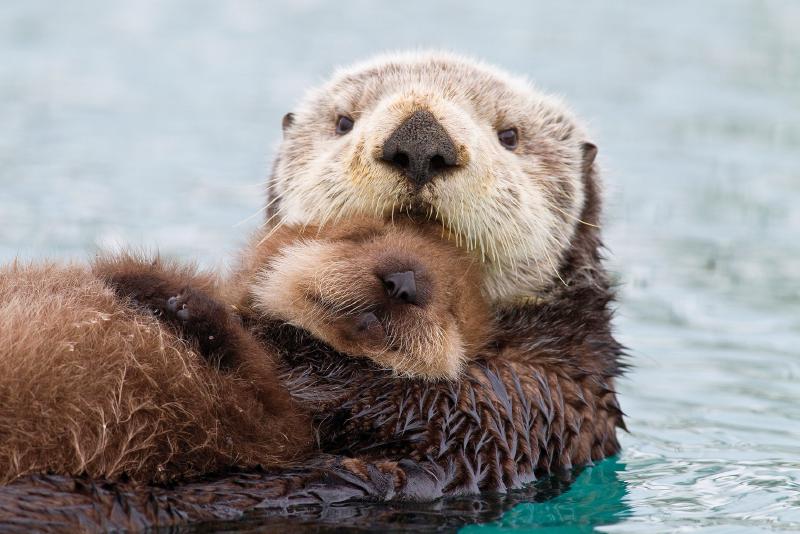Helloooo,
Today’s fact is going to be fucking adorable. We are looking at sea otters.
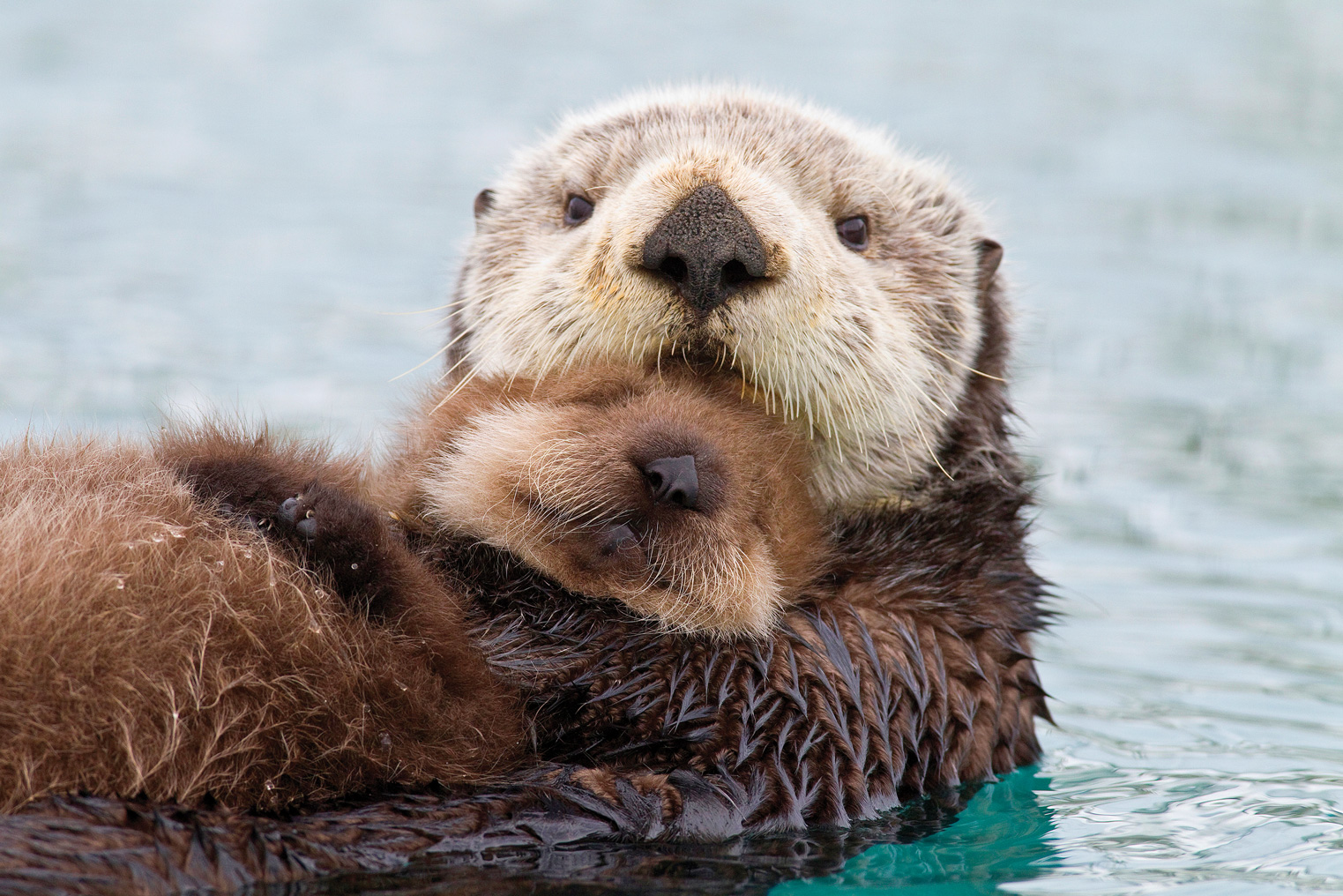
Now this story starts of a little bit sad but you gotta stay with me here. Our story begins in the 18th century in Russia when people decided that these gorgeously fluffy animals would make some really fantastic clothes and so started hunting them.
By 1911 it is estimated that there were only 2,000 of these little guys left in the most extreme parts of their habitat. They normally live in kelp forests. Kelp are actually algae instead of being true plants so they don’t have a vascular system (they don’t have tubes inside to carry water or molecules around) and they also don’t have true roots. Instead they have a holdfast that keeps them anchored to the floor. They are hugely productive and can grow up to 30cm a DAY (yoiks).
Now these ecosystems are HUGELY DIVERSE and one single kelp plant can be a home for 30-70 different species. That’s a lot a critters. These include algae, crabs, brittle stars, crabs — you name it.
But you see there was a bit of a problem when these otters started to get fished. They normally snack on sea urchins ( spikey bastards ) and so when they were taken out of the ecosystem the urchins went MENTAL. Urchins eat kelp so this was a bit of a problem. But the urchins don’t just snack on a leaf or two — their favourite bit to eat is the holdfast. So as soon as they eat some — the whole kelp gets detached and drifts away. Uh oh. That’s bad news.
They formed these things call urchin barrens that look kind of like this:
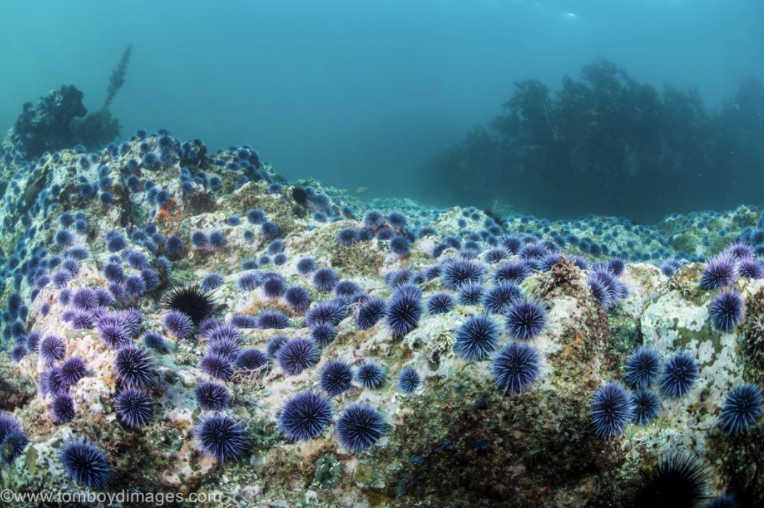
Not so good. Suddenly all those species living on and in the kelp are kind of fucked as well.
And this is a really difficult thing to undo, because if you have that many sea urchins as soon as any kelp starts to grow it gets munched.
Enter sea otters.
We finally stopped hunting the poor little beans and this gave their numbers a chance to recover. The sea otters were having the times of their lives. SO MANY SNACKS TO EAT so their populations came back pretty rapidly. Once that happened they could keep the urchins in check, the kelp was able to re-establish and so all of those other species could start coming back as well. All around Alaska there was significant recovery of kelp forests as the sea otters expanded their ranges again.
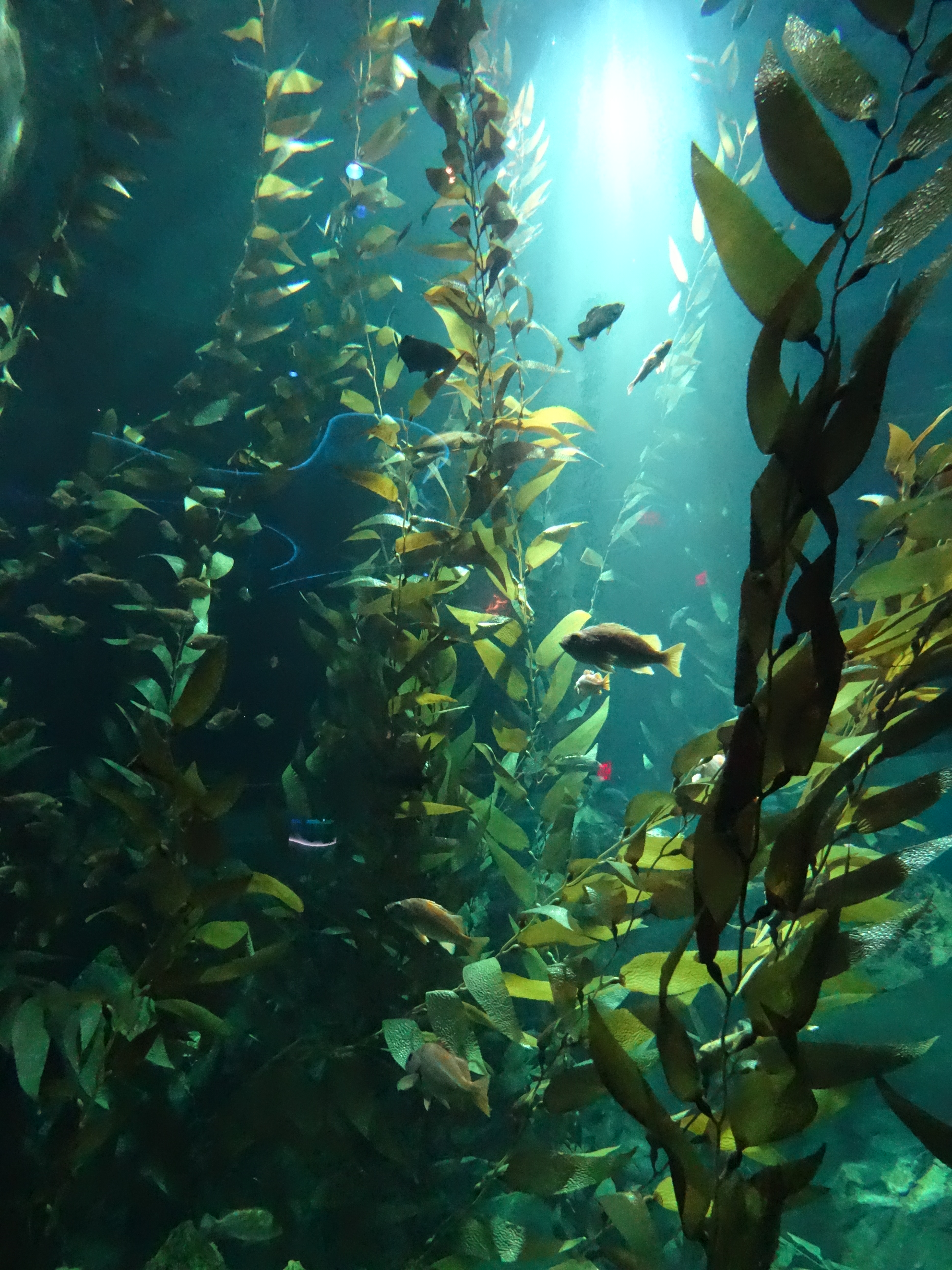
This shows us that otters are what is known as a keystone species. This means that they have implications on their ecosystem waaaay beyond just the simple dynamics you might expect.
Plus also they are just so adorable.
THEY HOLD HANDS FOR GODS SAKES.
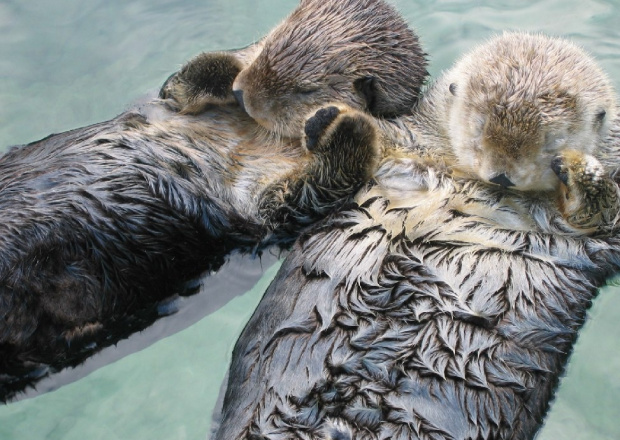
See you next time!
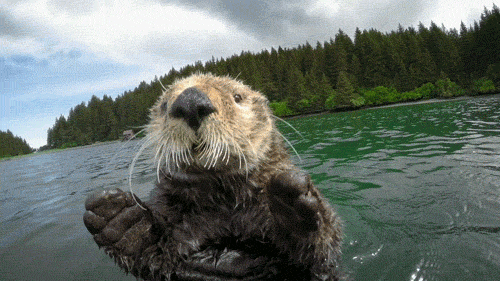
Love Flora xx
